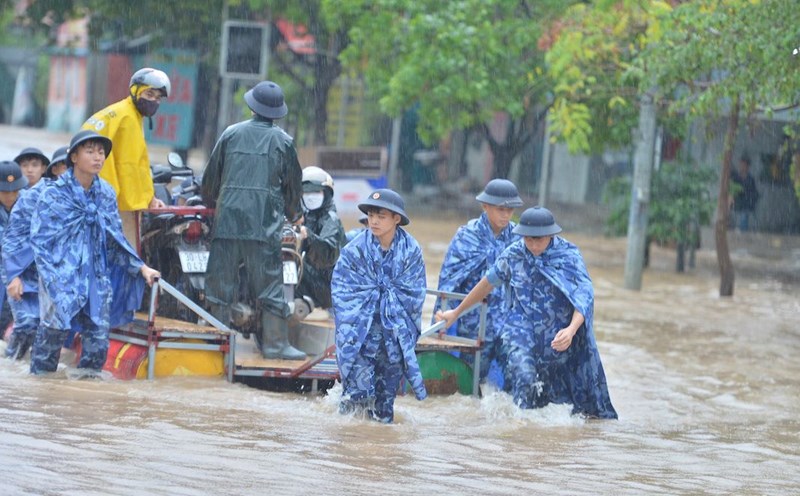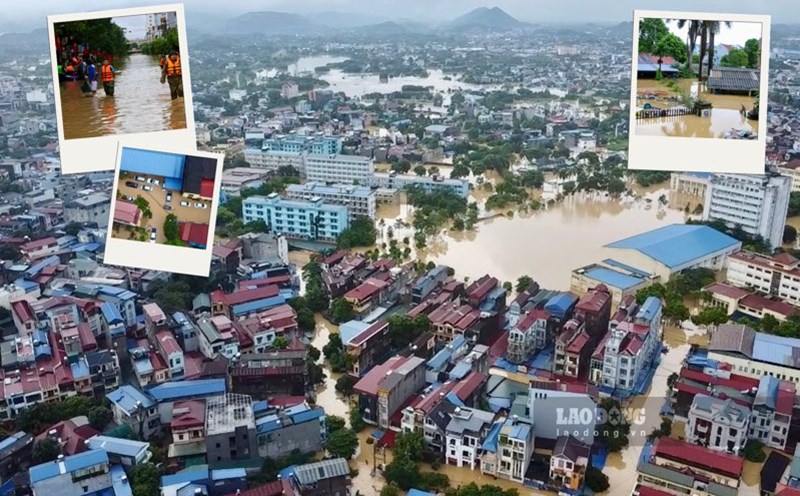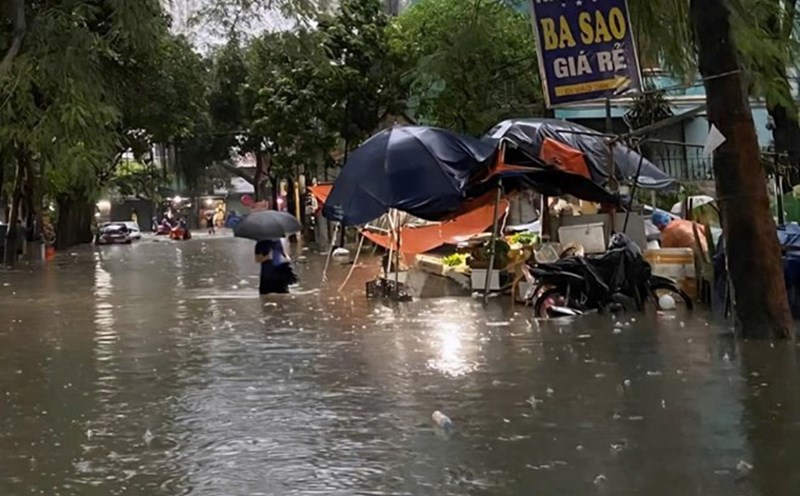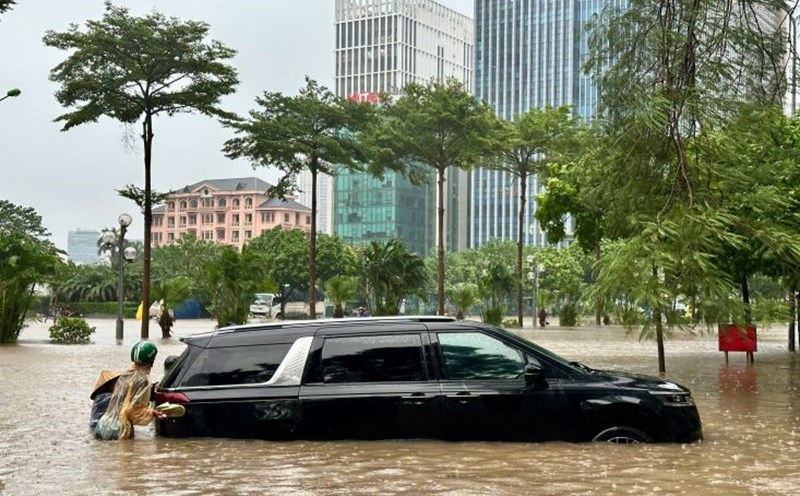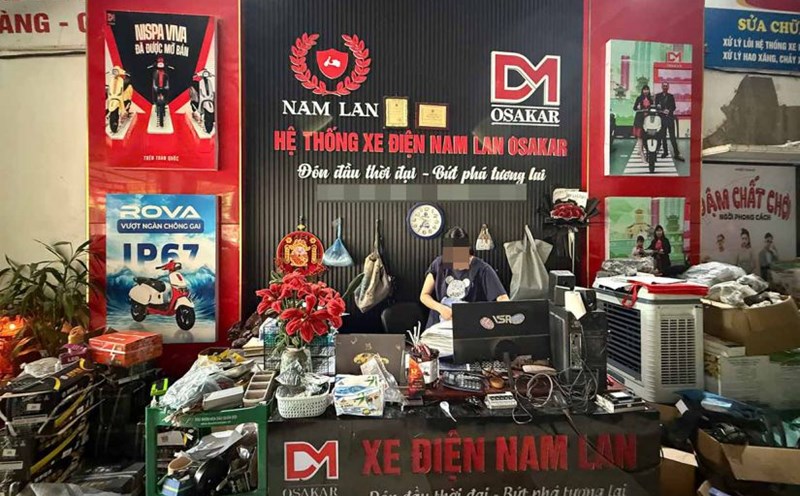Hanoi Children's Palace - one of the 6 main locations with the most activities of this year's festival season, brought experiences and emotions to audiences of all ages, with the hope that new memories will be created.
Located at 36 - 38 Ly Thai To, the Hanoi Children's Palace has 3 main buildings connected by a corridor, including: Red Scarf Theater, a 6-storey building, and a French-style building called Au Tri Vien. In the late 1970s and early 1980s, the 6-storey building was first put into operation, the country was still facing difficulties, and the Hanoi Children's Palace was a place where not all children had the opportunity to participate in activities. However, in the current development, many modern private art centers have opened, the Hanoi Children's Palace faces many obstacles in the process of operation and competition.
Choosing Hanoi Children's Palace as a main location of the festival route, the 9X generation of curators: Le Thuan Uyen, Van Do, Pham Minh Hieu designed many programs, activities and grand exhibitions with the theme "Nostalgia for the future". Although Hanoi Children's Palace is a space that is still in use, the name of the exhibition has the meaning of "taking the history, community memories, architecture and future of Hanoi Children's Palace as a starting point, research and imagination". On that basis, "a series of exhibition programs, film screenings, stage performances, playgrounds, architectural installations; combined with satellite events including workshops, experiential journeys, talks, and community activities" took place. More than 70 activities were created by more than 100 artists, with a variety of ideas, bringing a new vitality to the space.
Including 3 circuits: "Children's Palace as a memory exercise", "Intergenerational heritage"; "Building the world and play", the curatorial team raises the question: "What does nostalgia solve and are we capable of creating new memories?" Viewers understand that "nostalgia" and "new memories" are in the circuit connecting the past and present so that we can move towards a better future, and the owners of that future are today's children.
Seeing Hanoi Children's Palace as part of our past, our future, means we prioritize children's learning and playing. Learning while playing - playing while learning so that children can release their energy, intelligence, and develop in a healthy way both physically and mentally.
The large-sized sculptures installed in the playground, corridor and balcony of the Children's Palace were taken from the model of the sculptor Diem Phung Thi (1920 - 2002) and the sketch of the artist Vu Dan Tan (1946 - 2009). According to curator Le Thuan Uyen, sculptor Diem Phung Thi was interested in creating public works. She created many public works in the spaces of schools, hospitals, libraries, archives, town halls, flower gardens and memorial cemeteries during her time living in France. From the modules in the sculptor's works, they were once again assembled, transformed and changed to suit the playground of the Hanoi Children's Palace.
4 installation sculptures by artist Vu Dan Tan form the theme “Amadeus Vu Dan Tan Fairy Tale” that children can interact with. According to Thuan Uyen, this is one of the artists who thinks a lot about what an art story can be like. He is a pioneer in experimenting with many different materials and forms in the early 1990s. Manuscript
His "Architecture Fantasy" that had never been experienced in space became the inspiration to realize some of these works.
In the hallway of the 3rd floor of the 6-storey building, the children's painting exhibition "Windy Season" by generations of children who studied here is also on display. "Windy Season" shows the views of generations of children at different times, diverse in style, use of materials, colors, creating atmosphere; but unified in pure emotions, looking towards the future.
A very special painting exhibition on the first floor of the Au Tri Vien building for autistic children, called "Cheo deformed", has helped viewers have a more comprehensive view of children. According to Ngo My Ngoc Linh, in charge of partners of Tohe Fun (Tohe Social Enterprise), autism is actually a type of brain defect in children, different from normal children, so autistic children see the outside world very strangely, because it does not operate the way they think. They have some problems related to communication or sensory disorders. If they are in an overly stimulating environment, it will lead to difficulty adjusting themselves, easily feeling overloaded, losing their composure. The fact that many autistic children withdraw is not because they do not want to communicate or are shy, but because there is no space for them to feel safe, respected, and listened to.
Ngoc Linh also believes that the paintings in the exhibition “Cheo Meo” are not for people to show pity, but for people to better understand the world of children with special needs. Tohe’s greatest wish is to create playgrounds where, through art, children with special needs such as autistic children feel safe enough to share and communicate. In addition to spoken language, Tohe believes that art is an effective bridge connecting children with their families as well as with the community and society.
Every adult was once a child. Every child has the need to study, to play, to participate in community activities. Choosing Hanoi Children's Palace as a place to realize creativity is the effort of the curatorial team, artists, and participating units to promote the community in joining hands to maintain healthy playgrounds for children. Creativity and new memories in the future all originate from the children today. Being close to children, adults also return to the joy, innocence, and purity - the roots of a healthy spiritual life, which the modern fast pace of life can sweep away.




